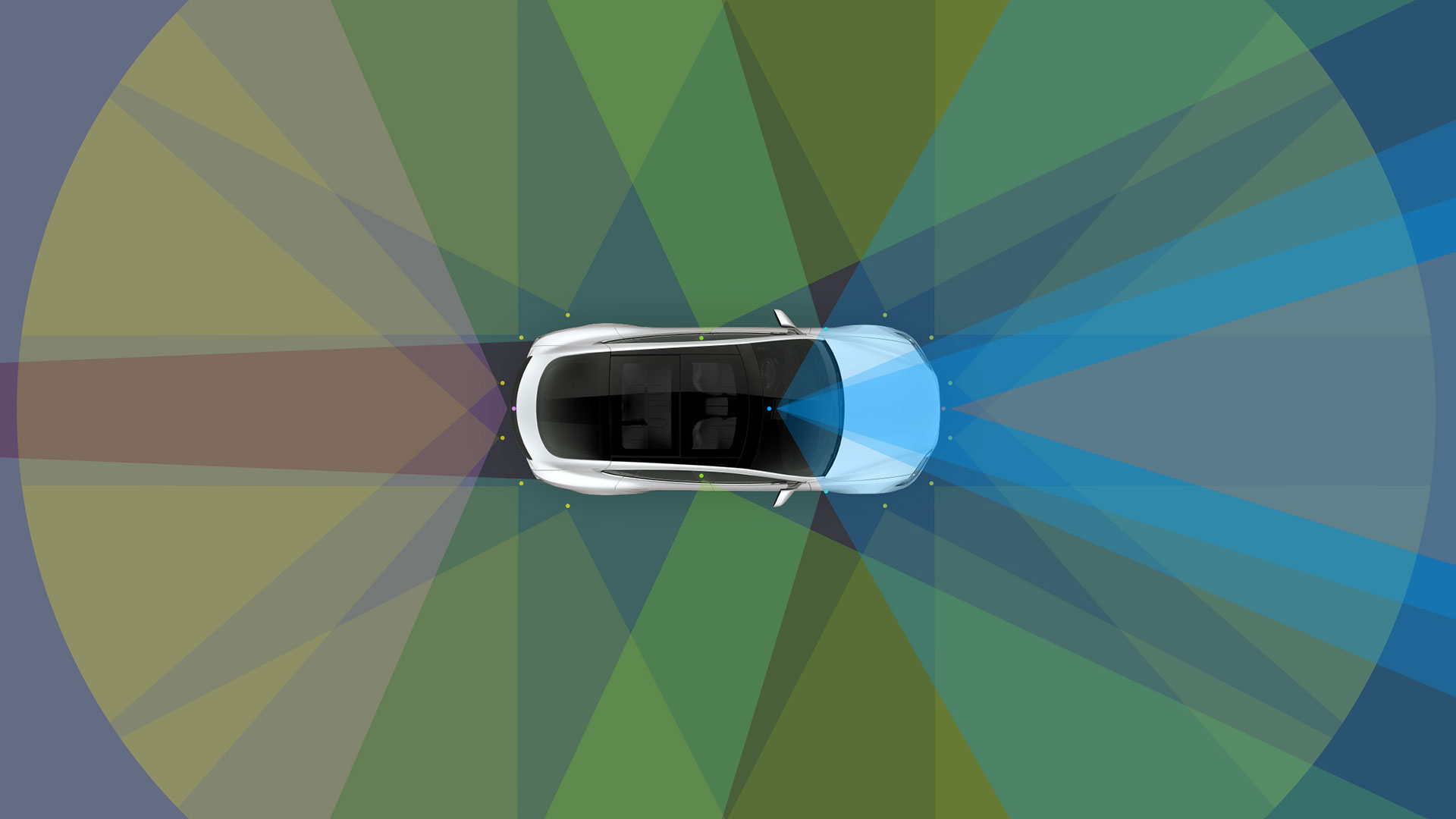

Times are changing at Tesla. Vehicles are reaching a more accessible price point, which enables a new market of consumers and the way the automaker is marketing its Advanced Driver Assistance System (ADAS), Autopilot, is on track to make its more expensive “Full Self-Driving” upgrade more attractive to both new and existing buyers.
The first thing that keen shoppers might notice is that Tesla has simplified its branding and dropped the “Enhanced Autopilot” (EAP) placard. Instead, the add-on option is now simply known as “Autopilot” and comes with a severely reduced number of features versus its previous counterpart.
Drivers who purchase Autopilot today will still receive two semi-autonomous driving aids: in-lane auto steering and traffic-aware cruise control. The remaining features, which were previously bundled into EAP (Automatic lane changing, automatic parking, navigate on autopilot, and summon), have been stripped out and bundled into Tesla’s “Full Self-Driving” (FSD) suite.

Previously, buyers were able to purchase the FSD suite for $4,000 in order to guarantee a cheaper buy-in if and when Tesla rolled out its more advanced ADAS suite. There were no additional benefits at the time of purchase, a move which CEO Elon Musk claimed was creating too much confusion and had the option removed from new vehicle ordering last October.
With the release of the $35,000 Model 3, FSD is back on the menu. Drivers can purchase the FSD suite for an additional $5,000 on top of the Autopilot’s $3,000 introductory pricing. However, this time owners will be provided with a myriad of features at their fingertips, so as long as they ignore that these particular features were previously available under the EAP branding for $5,000 just over a week ago.
Buyers who previously purchase a vehicle equipped with compatible Autopilot hardware will be able to buy AP or FSD over-the-air for a significant discount. In a blog post, Tesla says that the total cost of after-delivery ADAS purchases has been reduced by $6,000. But determining how much it might cost could get confusing depending on when a Tesla was purchased. To help, an intuitive flowchart can be viewed below to better visualize Autopilot upgrade paths and their associated costs.
Realistically, what this means for Tesla is additional income for a set of features which were previously bundled together. Drivers who previously couldn’t afford to shell out $5,000 for EAP may now be enticed by a cheaper $3,000 stripped-down version of Tesla’s Autopilot suite. Inversely, drivers who want to have the full Tesla experience may be more willing to shell out additional cash in order to have the real deal, netting Tesla an additional $3,000 compared to previous EAP pricing.
Unfortunately, potential owners who were banking on EAP’s $5,000 price point have the most to lose, as they now face the option of either a less feature-rich version of EAP or a significantly more expensive FSD option which includes options previously available to drivers at a reduced cost.